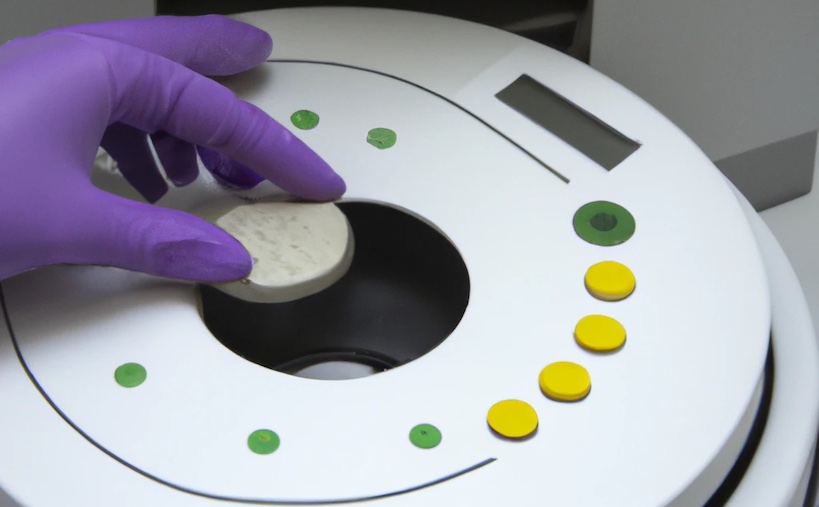
Expert Reviewed by Dr. Brandon Colby MD
The BUN (Blood Urea Nitrogen) to Creatinine ratio is a crucial metric that provides insights into your kidney and liver function. This ratio is often used by medical professionals to diagnose and monitor various health conditions. Let's explore this in detail.
What is the BUN/Creatinine Ratio?
BUN and creatinine are two vital blood tests that are part of a comprehensive metabolic panel. They offer a glimpse into your overall health, especially concerning your metabolism, kidney, and liver.
-
BUN (Blood Urea Nitrogen): BUN measures the urea concentration in your blood. Urea is a waste product formed in the liver during protein metabolism. It originates from dietary protein and tissue protein turnover[1]. The kidneys are responsible for eliminating urea, but the removal rate can vary based on factors like hydration and blood pressure. Elevated urea levels can indicate kidney dysfunction[1][2][3].
-
Creatinine: This waste product results from the regular wear and tear of muscles. It's derived from creatine, a protein vital for energy production in muscle contractions. Creatinine production is relatively stable as it mirrors muscle mass[3][4][5]. The kidneys filter creatinine from the blood into the urine. Thus, blood creatinine levels can indicate kidney function[3][4][5].
The BUN/Creatinine ratio can help identify issues like dehydration, kidney diseases, gastrointestinal bleeding, and more[3].
Normal Range for BUN/Creatinine Ratio
Typically, the BUN/Creatinine ratio ranges between 5 – 20 mg/dL. However, this ratio can increase with age and decreasing muscle mass[6].
Factors Influencing the BUN/Creatinine Ratio
Low BUN/Creatinine Ratio: A low ratio might indicate:
- Malnutrition or low protein intake[3].
- Advanced liver disease affecting urea production[3].
- Sickle cell anemia leading to reduced urea reabsorption[3].
- Hypothyroidism increasing creatinine levels[7][8].
- Rhabdomyolysis causing elevated creatinine levels[3].
- Kidney damage or failure[9].
- Certain medications like acetazolamide[10].
High BUN/Creatinine Ratio: A high ratio can result from:
- Dehydration, which affects both BUN and creatinine levels[11].
- Gastrointestinal bleeding increasing protein and BUN levels[12][13].
- Hyperthyroidism affecting BUN and creatinine levels[7].
- Congestive heart failure impacting urea reabsorption[14][15].
- Kidney diseases[16].
- Medications like tetracycline or corticosteroids[10][3][17].
How to Optimize Your BUN/Creatinine Ratio
If your BUN/Creatinine ratio is out of balance, addressing the underlying cause is crucial. Some general strategies include:
- For Low BUN: Increase protein intake, reduce alcohol consumption, and ensure adequate hydration[1][18].
- For High Creatinine: Engage in physical activity, avoid alcohol, and consider dietary changes[24][25][26][27].
Always consult with a healthcare professional for a precise diagnosis and tailored advice.
About The Expert Reviewer
Dr. Brandon Colby MD is a US physician specializing in the personalized prevention of disease through the use of genomic technologies. He’s an expert in genetic testing, genetic analysis, and precision medicine. Dr. Colby is also the Founder of Sequencing.com and the author of Outsmart Your Genes.
Dr. Colby holds an MD from the Mount Sinai School of Medicine, an MBA from Stanford University’s Graduate School of Business, and a degree in Genetics with Honors from the University of Michigan. He is an Affiliate Specialist of the American College of Medical Genetics and Genomics (ACMG), an Associate of the American College of Preventive Medicine (ACPM), and a member of the National Society of Genetic Counselors (NSGC).